When contemplating the question of do we have to tip a masseuse and how much, many individuals find themselves at a crossroads. The world of gratuities can be complicated, especially within the wellness industry where services vary in type and duration.
In this article, we will explore the nuances of tipping for massage therapy, providing insights into best practices, cultural differences, and personal experiences.
Understanding the Importance of Tipping

Tipping is an age-old practice that serves multiple purposes, from showing gratitude to supporting service workers’ livelihoods. In the realm of massage therapy, it holds particular significance due to the unique relationship between clients and practitioners. This section will delve into why tipping matters and how it affects both parties involved.
The Historical Context of Tipping in the Service Industry

Tipping has its roots in ancient civilizations where patrons would offer small sums as appreciation for excellent service. As time progressed, this tradition morphed into a common practice across various sectors, including hospitality, food service, and personal care services like massage therapy.
In historical contexts, particularly in Europe, the act of tipping was seen as a way of demonstrating wealth and social status. Over time, however, it evolved into a means of ensuring fair compensation for workers who often relied on tips to augment their modest wages.
In contemporary society, understanding the history of tipping informs our perception of its role today. Gratuities are not merely optional; they help bridge the gap between service providers’ earnings and the expectations placed upon them by their employers and clients alike.
Why Tipping Matters for Massage Therapists
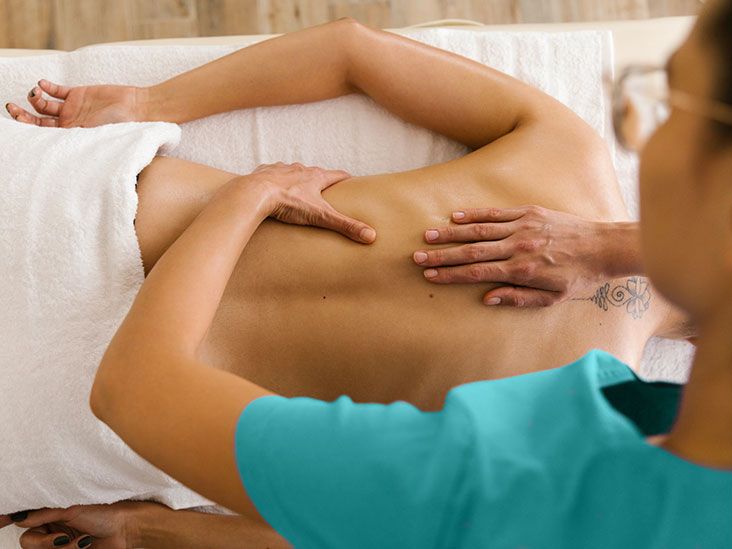
Massage therapists often work in environments where their base salary does not reflect the quality or intensity of their work. For instance, many spas and clinics offer low hourly rates, expecting therapists to rely on tips for a sustainable income.
By tipping, clients significantly impact their service provider’s financial well-being. A well-earned tip shows appreciation for not just the physical labor but also the emotional labor involved in creating a relaxing environment. Moreover, generous tipping can encourage therapists to go above and beyond in providing exceptional service, enhancing the overall client experience.
The Ethics of Tipping: A Personal Perspective

Navigating ethical considerations around tipping can be complicated. On one hand, some argue that tipping should be a choice based solely on the quality of service received. On the other, there are those who believe that failing to tip perpetuates unfair working conditions for service professionals.
Personally, I view tipping as a responsibility rather than an obligation. It is an opportunity to acknowledge the hard work put forth by massage therapists who invest their time, skills, and energy into fostering relaxation and healing. Ultimately, approaching tipping with empathy can transform the experience into something meaningful for both clients and therapists.
Tipping Standards: How Much Should You Tip a Masseuse?
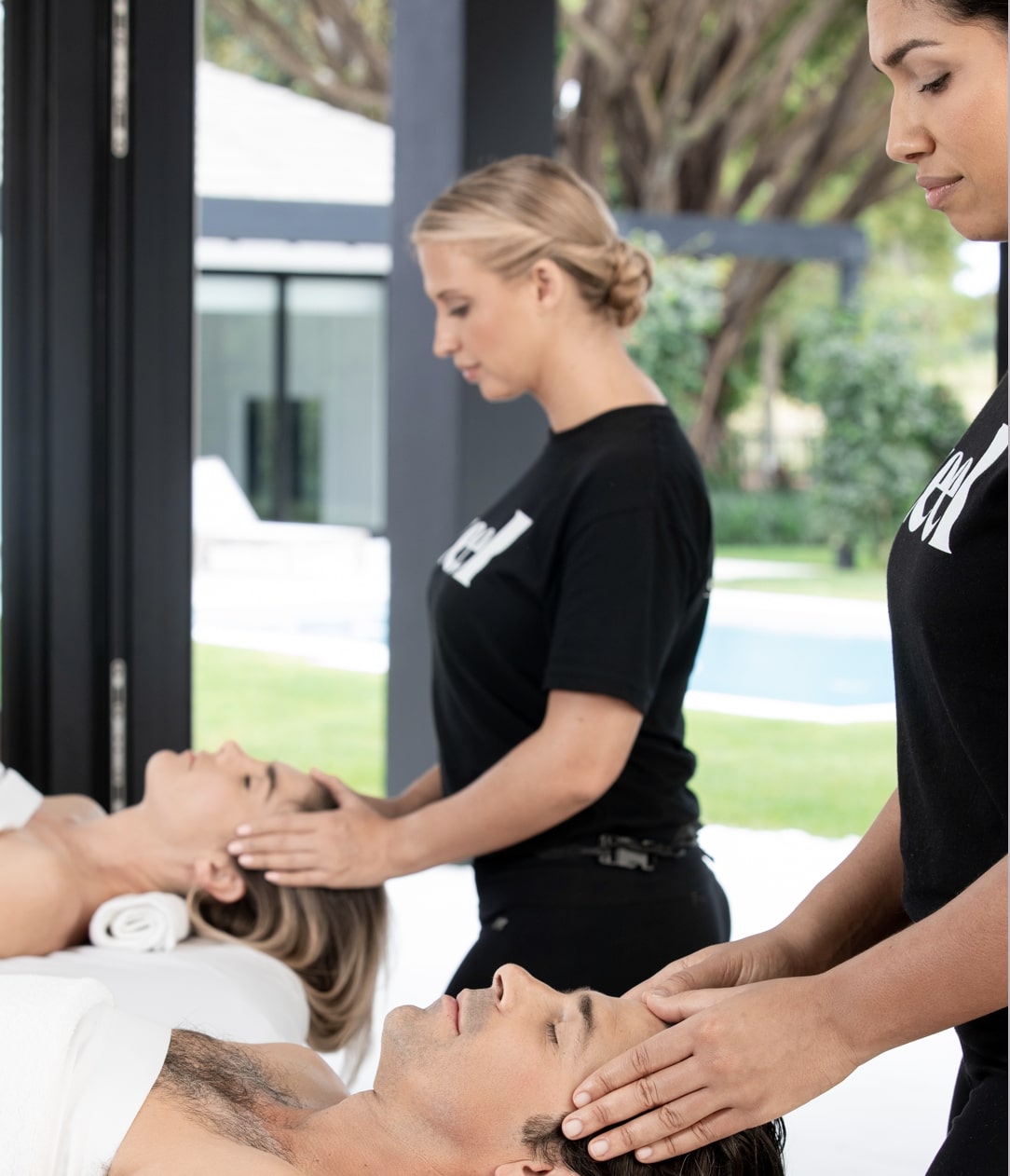
Determining the appropriate amount to tip can be daunting, particularly when different sources provide conflicting advice. In this section, we will break down standard tipping percentages, situational factors influencing your decision, and personal anecdotes to create a comprehensive understanding of how much you should consider tipping after a massage.
Common Tipping Percentages
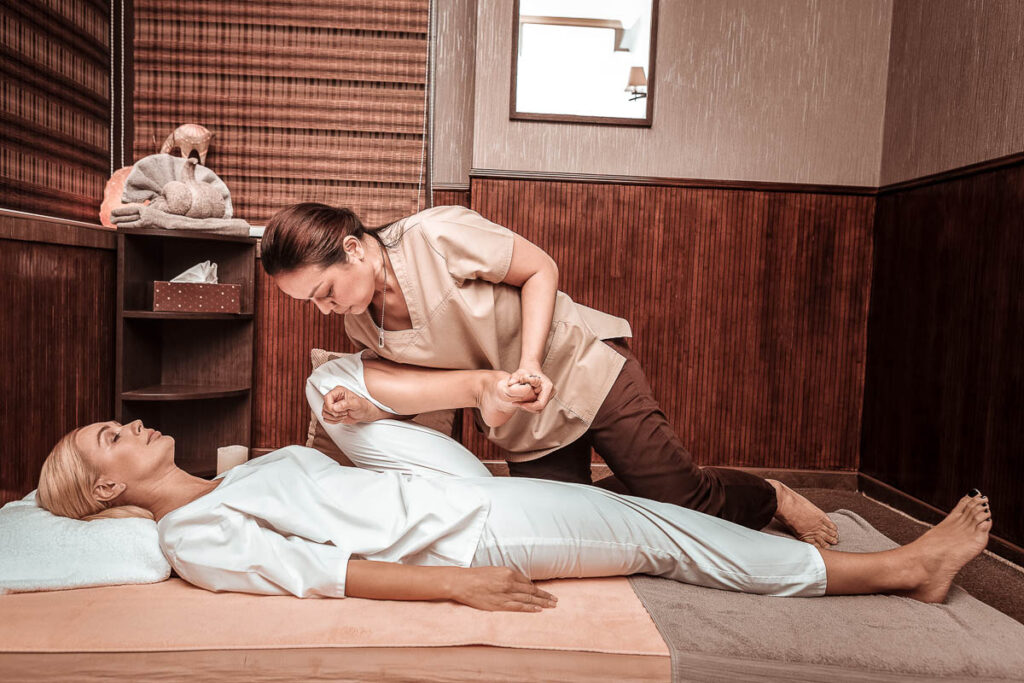
A widely accepted guideline for tipping in the service industry suggests a range between 15% to 20% of the total service cost. However, the context of the service plays a significant role in deciding where within that range you may fall.
For example:
- Basic Services: If you’ve received a standard massage without any additional treatments or complexities, aiming for a 15% to 20% tip is generally appropriate.
- Exceptional Experiences: Should your therapist go above and beyond—perhaps offering personalized techniques or extending your session—a tip closer to 25% could be warranted as a reward for their extraordinary effort.
- Special Circumstances: Consideration should also be given to situations where services are discounted or bundled. In these cases, calculating your tip based on the original price rather than the discounted amount reflects the true value of the expertise provided.
Factors Influencing Your Decision to Tip

Several situational factors may influence how much you choose to tip your massage therapist. Taking these into regard ensures that your decision is informed and fair.
- Length and Type of Service: Longer sessions often warrant higher tips due to the increased time and energy required from the therapist. Similarly, specialized massages such as deep tissue or sports massage may demand more skill and focus, prompting you to consider tipping on the higher end.
- Location and Establishment: The average tipping culture varies greatly depending on geographical location and establishment type. For instance, upscale spas in major cities may expect a higher gratuity compared to a local salon. Researching regional norms can provide guidance on what is considered customary.
- Personal Connection: Developing rapport with your therapist can also impact your tipping habits. If you’ve built a long-standing relationship with them over numerous visits, a larger tip may serve as an expression of gratitude for their consistent care and attention.
Personal Anecdotes and Experiences
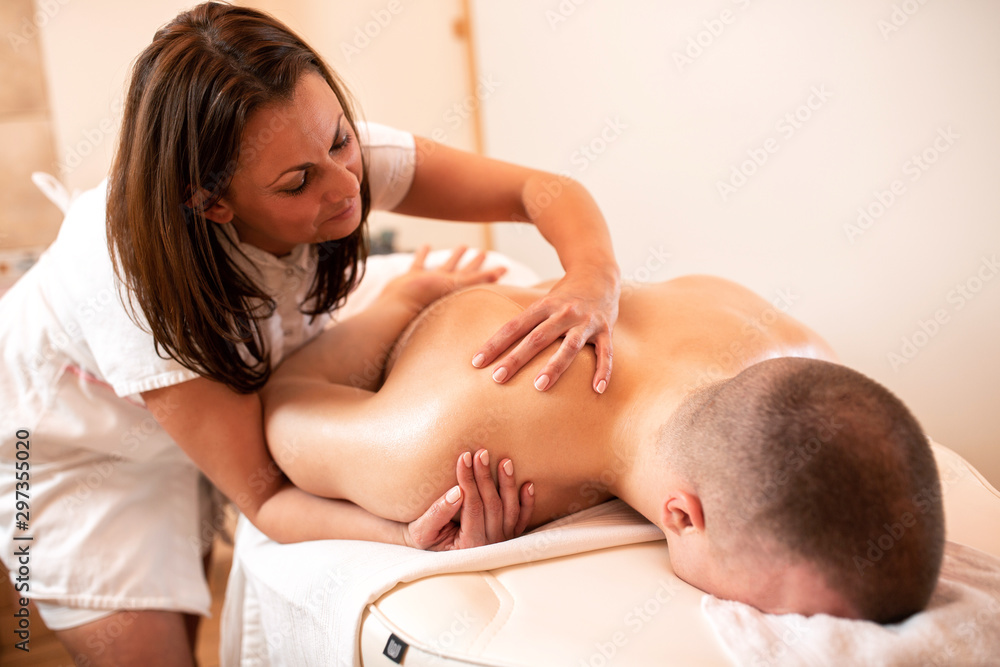
While guidelines provide a framework, personal experiences can further shape our understanding of appropriate tipping practices. For example, I once visited a spa for a birthday treat, and the therapist took immense care to tailor the session to my needs, even asking questions about previous injuries. Feeling truly valued, I tipped 30% in addition to the regular fee.
Conversely, on another occasion, I felt less inclined to offer a tip when the therapist seemed distracted and failed to create a reassuring atmosphere. These instances reveal that while general standards exist, individual circumstances and personal experiences ultimately dictate the final decision on how much to tip.
Read more: Unveiling Massage Prices in Brisbane: Are They Worth Your Money?
Cultural Differences in Tipping Practices
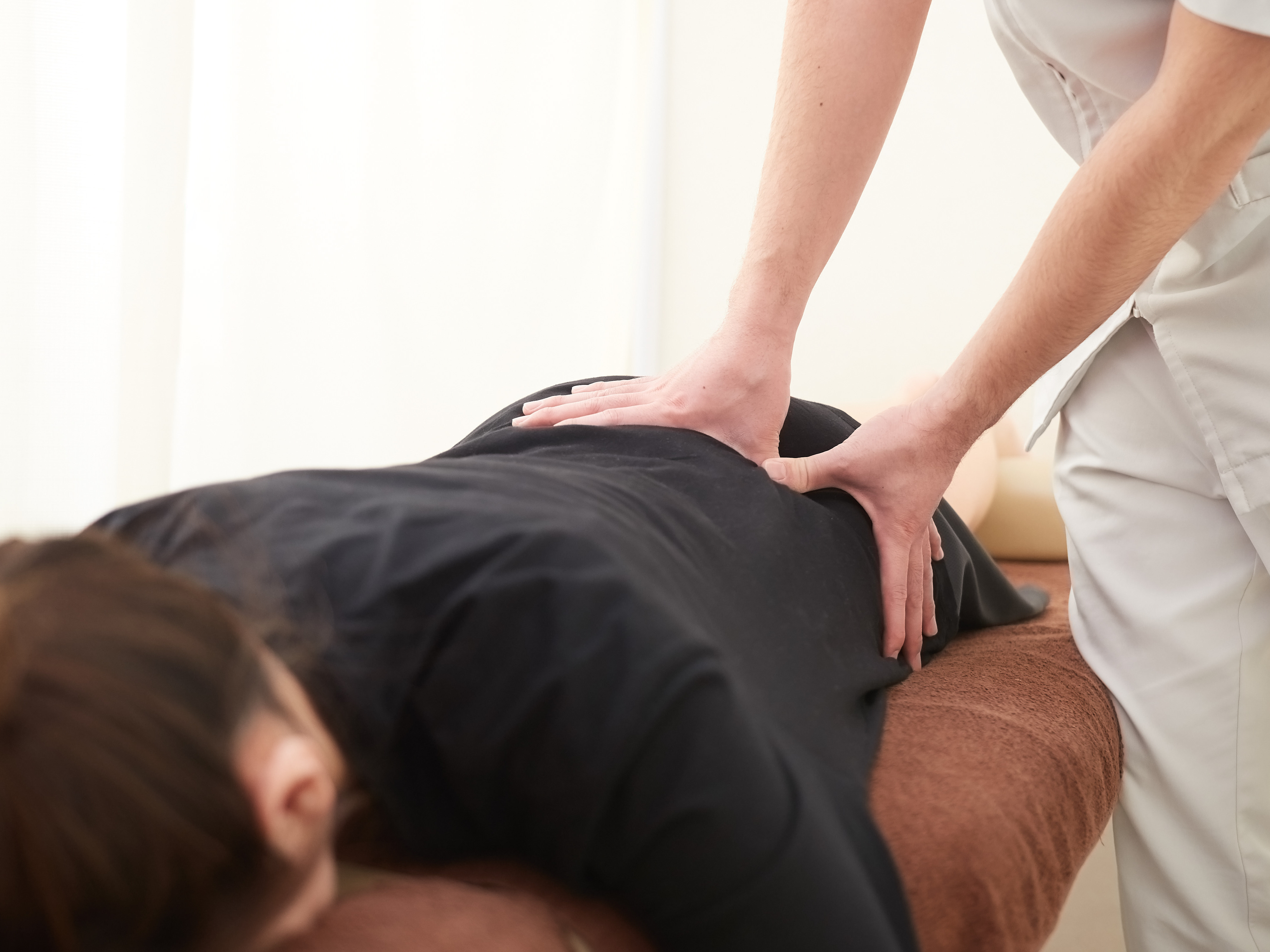
Tipping customs vary greatly around the world, presenting intriguing opportunities for exploration. In this section, we will discuss how cultural influences shape attitudes toward gratuities for massage services across different countries.
Tipping Norms Around the World

Understanding global tipping practices is essential for anyone traveling or living abroad, as it can prevent potential faux pas or misunderstandings.
- United States: In the U.S., tipping is generally expected, with 15% to 20% being the norm for most service-related scenarios, including massage therapy. Failure to tip might be viewed as a sign of dissatisfaction with the service received.
- Japan: Japan presents a stark contrast to western practices; tipping is generally not practiced and can even be perceived as rude. High-quality service is expected as part of the job, thus making gratuity unnecessary.
- Europe: In many European countries, tipping varies significantly. Countries like France and Italy often include a service charge in the bill, though rounding up or leaving small change is appreciated. In contrast, Nordic countries tend to prioritize fair wages, resulting in lower expectations for tipping.
The Influence of Local Customs and Traditions
Delving deeper into specific cultures reveals fascinating insights about how local customs shape tipping behaviors.
- Middle East: In many Middle Eastern countries, tipping is a common practice, often referred to as “baksheesh.” Here, it is viewed as a token of appreciation rather than an obligation. When receiving massage services, offering a tip can enhance mutual respect and goodwill.
- Thailand: Known for its rich tradition in massage therapy, Thailand embraces tipping as a way to express gratitude for excellent service. While not mandatory, leaving a small tip is customary, especially in tourist areas.
- Argentina: In Argentina, tipping protocols mirror those of many European nations, wherein leaving a 10% tip is typical. The acceptance of tips in cash offers flexibility, as it allows clients to show appreciation directly.
Bridging Cultural Gaps Through Gratitude
As someone who enjoys traveling, I’ve found that understanding local tipping norms fosters connections with those providing services. Whether it’s striking up conversations with a skilled masseuse in Bali or sharing a laugh with a therapist in a bustling New York spa, recognizing the importance of gratitude transcends cultural boundaries.
Cultural sensitivity is key. Learning about a country’s approach to tipping speaks volumes about respect and appreciation. By embracing these differences, clients can foster positive interactions and contribute to a more harmonious relationship with service providers worldwide.
Creative Ways to Express Appreciation Beyond Tipping

While monetary tips are a conventional way to show gratitude, alternative methods can resonate deeply with massage therapists. In this section, we’ll explore creative avenues for expressing appreciation that can enhance the connection between clients and practitioners.
Thoughtful Gifts and Tokens of Appreciation
Sometimes, a heartfelt gesture can speak louder than cash. Consider the following ideas:
- Personalized Notes: Writing a thank-you note expressing your appreciation for their skills and empathy can leave a lasting impression. A few kind words can brighten a therapist’s day and remind them of their positive impact on others.
- Homemade Treats: Bringing a small batch of homemade cookies or treats can be a delightful way to share your gratitude. Such thoughtful gestures showcase effort and consideration, which can mean a lot to service professionals who often work long hours.
- Local Products: If you live in a community known for artisanal goods, consider gifting something locally made. This not only supports local businesses but also introduces your therapist to something special about your area.
Referrals and Positive Reviews
Word-of-mouth referrals can be incredibly valuable in helping therapists grow their clientele. When you appreciate a massage experience, consider these approaches:
- Social Media Shout-outs: Posting about your experience on social media platforms can significantly boost a therapist’s visibility. Tagging them and writing a glowing review can encourage new clients to book appointments.
- Online Reviews: Leaving a positive review on platforms like Yelp or Google can help bolster a massage therapist’s reputation. Detailed feedback highlighting their strengths provides potential clients with insight into what makes their services unique.
- Referring Friends and Family: Your personal recommendation can carry weight when encouraging friends or family to seek out a specific therapist. Direct referrals have the power to generate trust and confidence in the service being offered.
Building Relationships Through Communication
Creating a rapport with your massage therapist can lead to richer experiences. Engaging in open dialogue during your sessions can foster trust and camaraderie.
- Express Your Preferences: Communicating your preferences and comfort levels during the massage creates a collaborative environment. When therapists understand what works best for clients, it enhances the overall experience.
- Feedback and Follow-Up: Providing constructive feedback post-massage can guide therapists in tailoring future sessions to better meet your needs. Engaging in dialogue about what worked or didn’t can strengthen the professional relationship.
- Regular Visits: Returning to the same therapist for consecutive sessions helps build familiarity and trust. Over time, therapists may even customize sessions based on your unique requirements, leading to a more fulfilling experience.
Conclusion
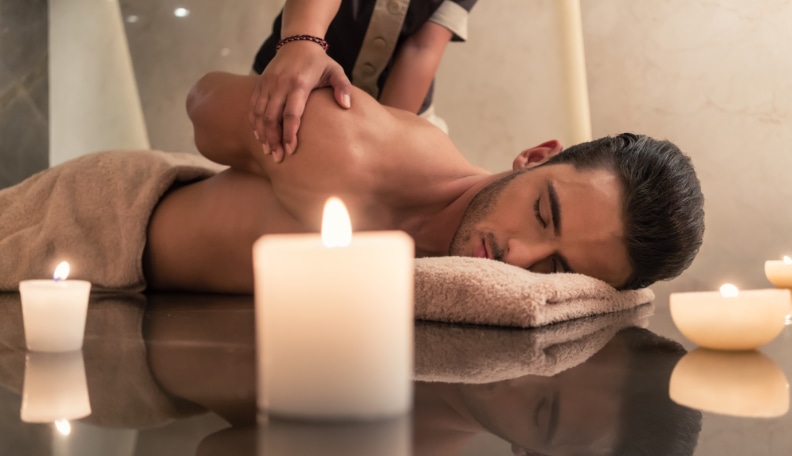
The query of do we have to tip a masseuse and how much encapsulates a complex interplay of cultural, economic, and personal elements. Tipping is far more than a simple transaction; it represents an acknowledgment of hard work, dedication, and the vital role massage therapists play in promoting well-being. By considering standard tipping practices, cultural perspectives, and alternative ways to express gratitude, clients can navigate this terrain with confidence, ultimately enriching their relationships with therapists.
